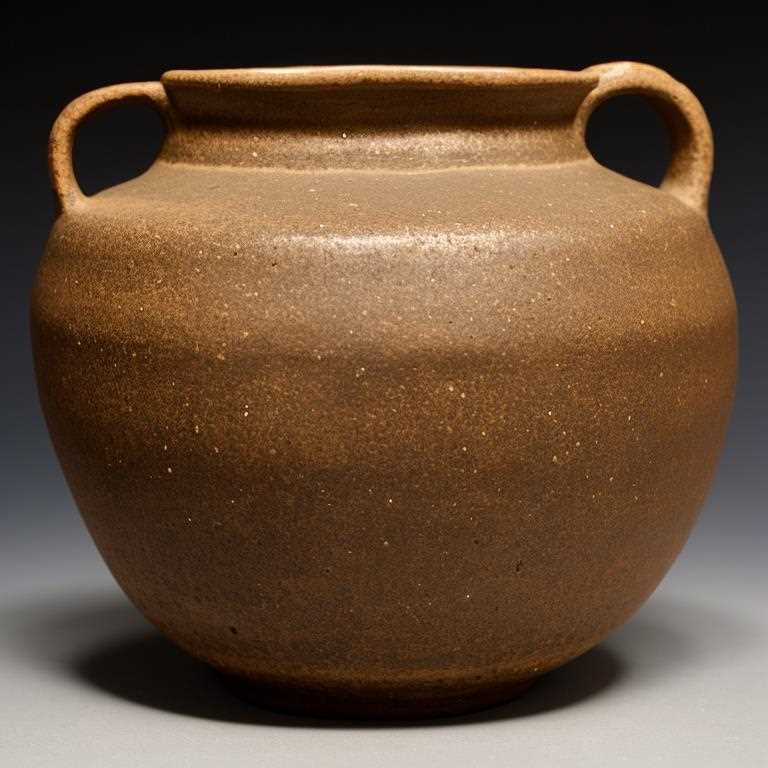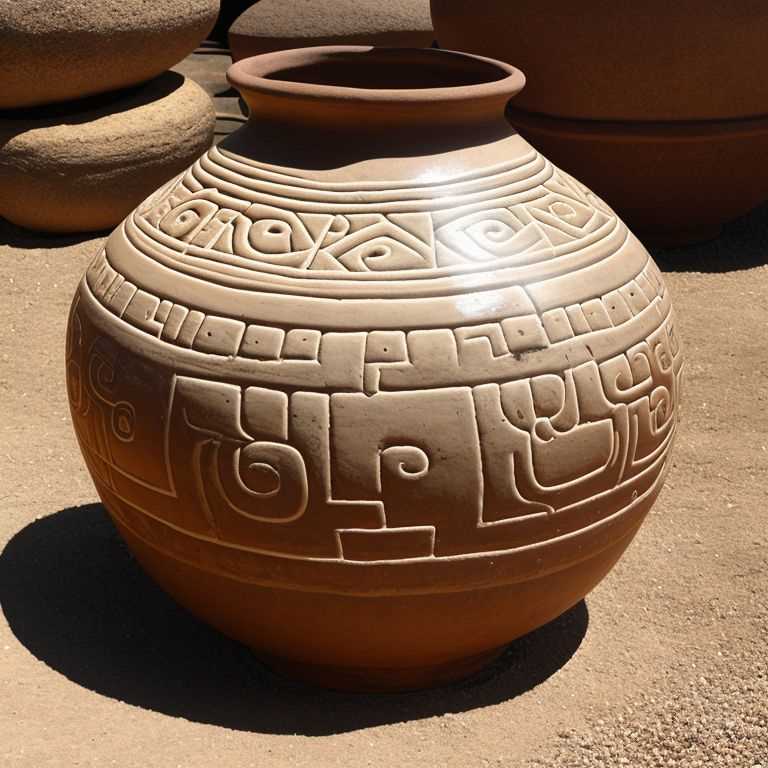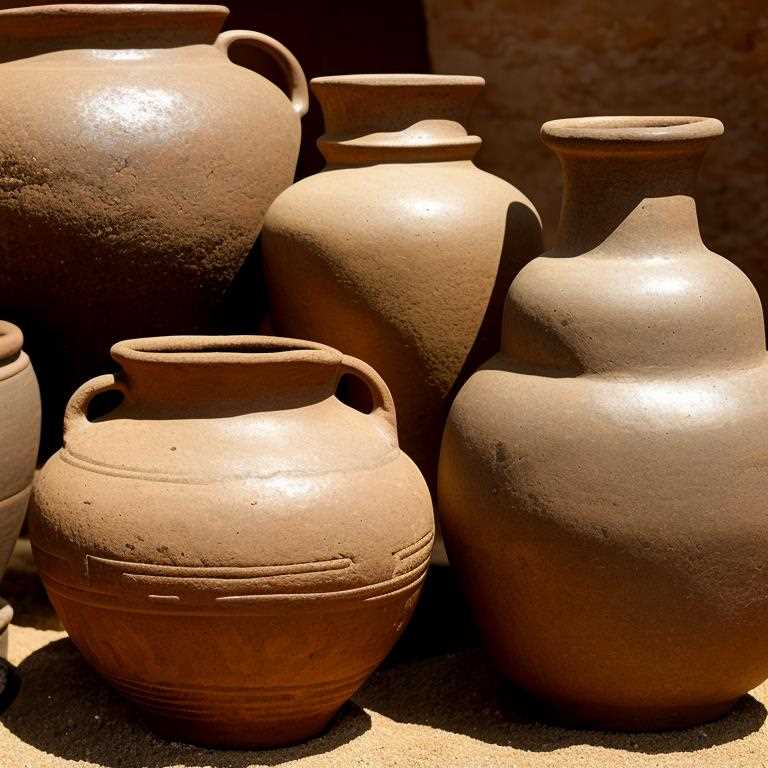
Pre-Columbian pottery is a unique type of ceramic that was produced by the indigenous people of Central and South America before the arrival of Christopher Columbus in 1492. These pieces of pottery are known for their intricate designs, vibrant colors, and historical significance. However, the market for pre-Columbian pottery is often flooded with fakes and forgeries, making it difficult for collectors and enthusiasts to distinguish between real and fake pottery. In this article, we will explore some of the ways to tell real pre-Columbian pottery from fake ones.
1. Look for signs of authenticity
When examining a piece of pre-Columbian pottery, the first thing to look for is signs of authenticity. Real pre-Columbian pottery is usually made from local materials such as clay, sand, and other natural substances. These materials may leave traces on the pottery, such as small stones or other impurities. Additionally, real pre-Columbian pottery may also show signs of wear and tear, indicating that it was used and handled by the indigenous people who made it.
2. Check the design
Pre-Columbian pottery is renowned for its intricate designs that often depict historical events, religious beliefs, and everyday life. The designs are usually very detailed and may include animals, humans, and geometric shapes. When examining a piece of pre-Columbian pottery, check the design to see if it is consistent with the time period and culture it is supposed to represent. For example, pottery from the Inca culture may feature llamas, while pottery from the Aztec culture may feature the sun and other celestial bodies.
3. Inspect the finish
The finish of pre-Columbian pottery is also an important factor to consider when trying to determine its authenticity. Real pre-Columbian pottery is usually finished with a natural glaze, which is created by firing the pottery at high temperatures. The glaze should be smooth and even, with no signs of brushstrokes or other imperfections. In contrast, fake pre-Columbian pottery may have a shiny or glossy finish that looks artificial.
4. Look for signs of age

Another way to tell real pre-Columbian pottery from fake ones is by looking for signs of age. Real pre-Columbian pottery is usually several hundred years old and may show signs of wear and tear, such as cracks, chips, or fading. Additionally, real pre-Columbian pottery may have a patina, which is a thin layer of discoloration that develops over time. The patina may be darker in some areas than others and may have a slightly different texture than the rest of the pottery.
5. Examine the base
The base of pre-Columbian pottery can also provide valuable clues about its authenticity. Real pre-Columbian pottery usually has a rough or unpolished base, which is consistent with the traditional methods used by indigenous people to make pottery. Additionally, the base may have a signature or other markings that indicate the artist or the culture that produced it. In contrast, fake pre-Columbian pottery may have a polished or smooth base, which is not consistent with traditional methods.
6. Seek professional help

If you are still unsure about the authenticity of a piece of pre-Columbian pottery, it may be helpful to seek the advice of a professional. There are many experts and appraisers who specialize in pre-Columbian pottery and can help you determine whether a piece is real or fake. Additionally, some museums and galleries may offer authentication services for a fee.
Pre-Columbian pottery is a unique and valuable art form that requires careful examination and consideration to determine its authenticity. By looking for signs of authenticity, checking the design and finish, examining the base, and seeking professional help, you can increase your chances of identifying real pre-Columbian pottery and avoiding fakes and forgeries.